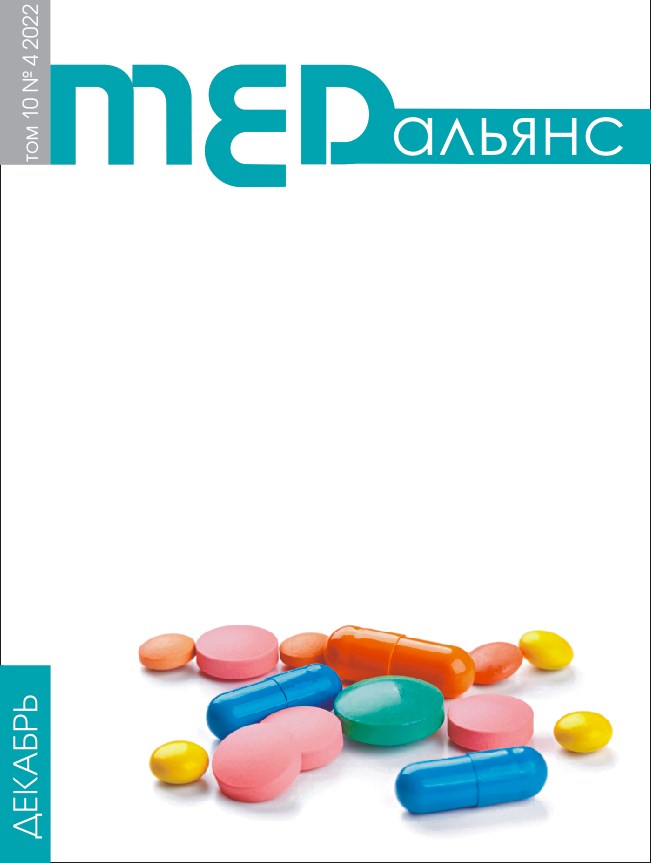Abstract
Despite a large number of observations, the role of chronic obstructive pulmonary disease (COPD) in the course and development of a new coronavirus infection is still unknown. The combination of these two processes, which are characterized by the development of a systemic inflammatory reaction, leads to the development of a pronounced immune response, more severe complications and the formation of an atypical radiological pattern. In our work, 387 patients with a new coronavirus infection were examined in the intensive care unit. Among these 387 patients, 41 patients were diagnosed with COPD according to the GOLD criteria. The aim of the work is to determine the features of radiological manifestations and the course of a new coronavirus infection in patients with chronic obstructive pulmonary disease in the intensive care unit. Typical radiological manifestations of a new coronavirus infections were detected in 90.5% of cases. 23 (56.1%) patients had a secondary infection, 20 (48.8%) — sepsis, 10 (24.4%) — ARDS, 29 (70.7%) patients required mechanical ventilator, 24 (58.5%) patients developed a fatal outcome. A 2-fold increase in the concentration of C-reactive protein was statistically significantly associated with an increase in the chances of more severe damage to lung tissue during primary CT examination (upon admission to hospital). A 2-fold increase in ferritin concentration was statistically significantly associated with an increase in the chances of more severe lung tissue damage (the maximum degree of lung tissue damage during the entire period of hospital stay). A comparative analysis revealed a tendency to a higher frequency of secondary infections in patients with panlobular emphysema and a higher frequency of the need
for ventilation in patients with diffuse emphysema. Also, the presence of bullous emphysema was statistically significantly associated with a higher frequency of CT-3 degrees of lung tissue damage upon admission. A comparative analysis revealed a statistically significantly higher concentration of C-reactive protein in a mixed COPD phenotype compared with an emphysematous phenotype, a higher incidence of sepsis in patients with a mixed COPD
phenotype compared with patients with an emphysematous and bronchitic phenotype.

